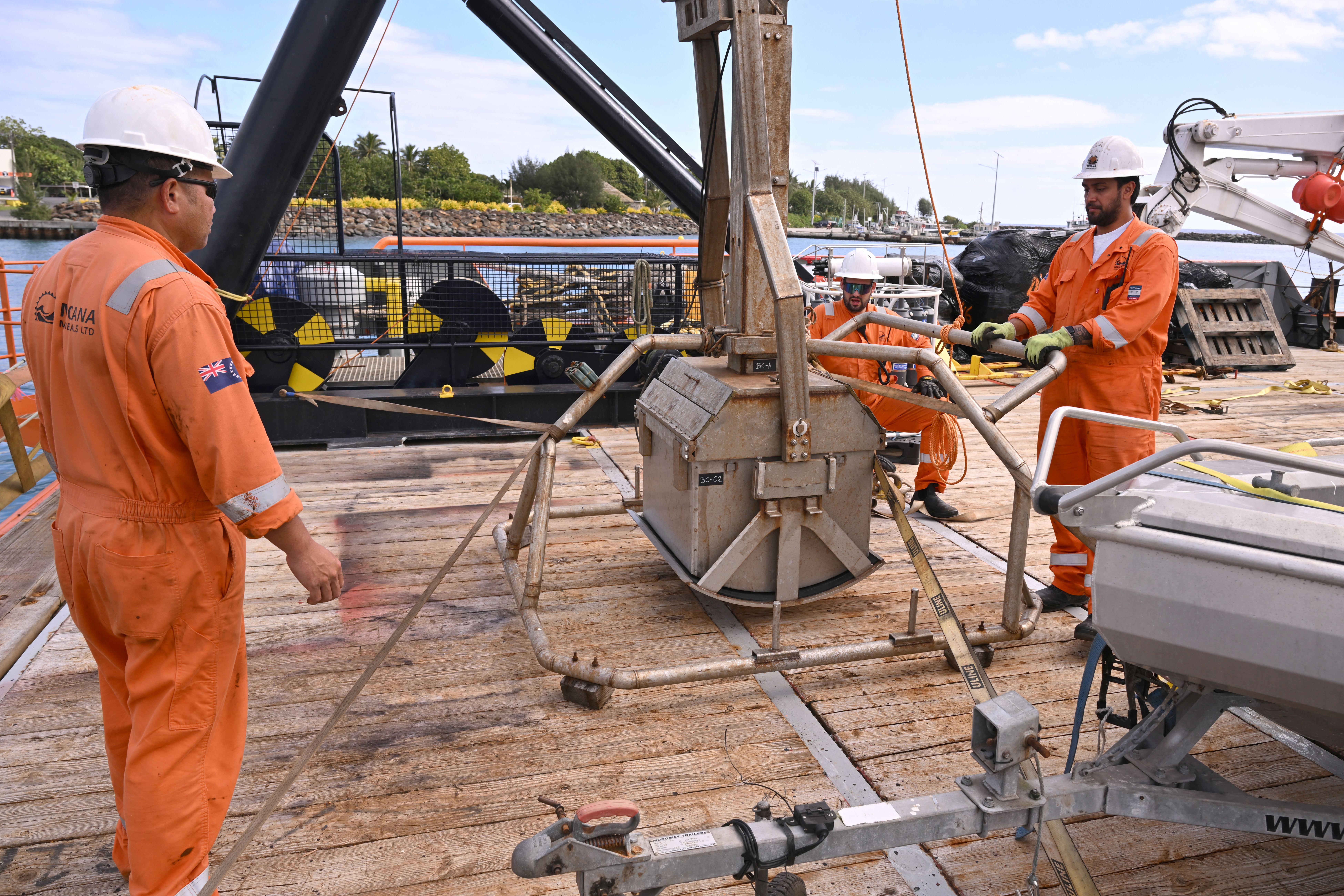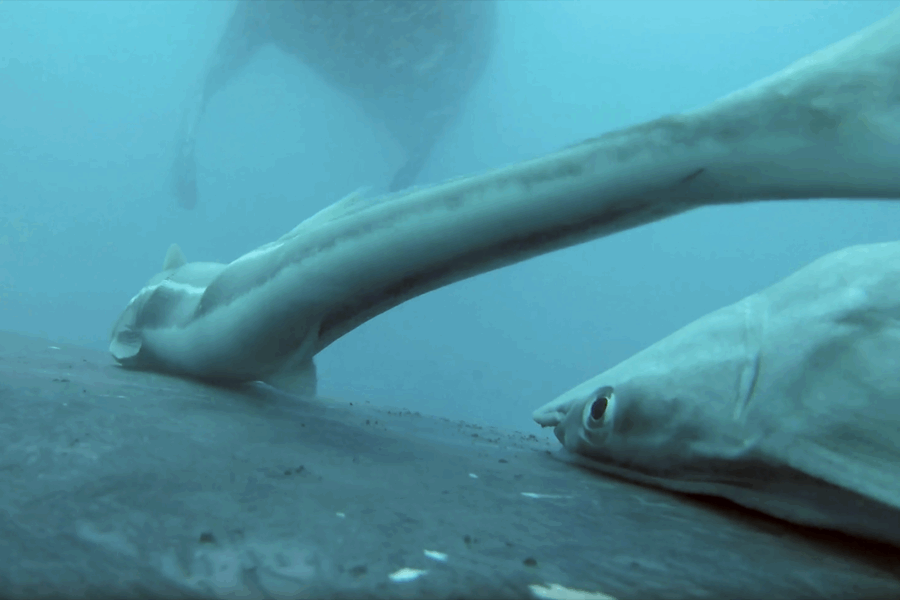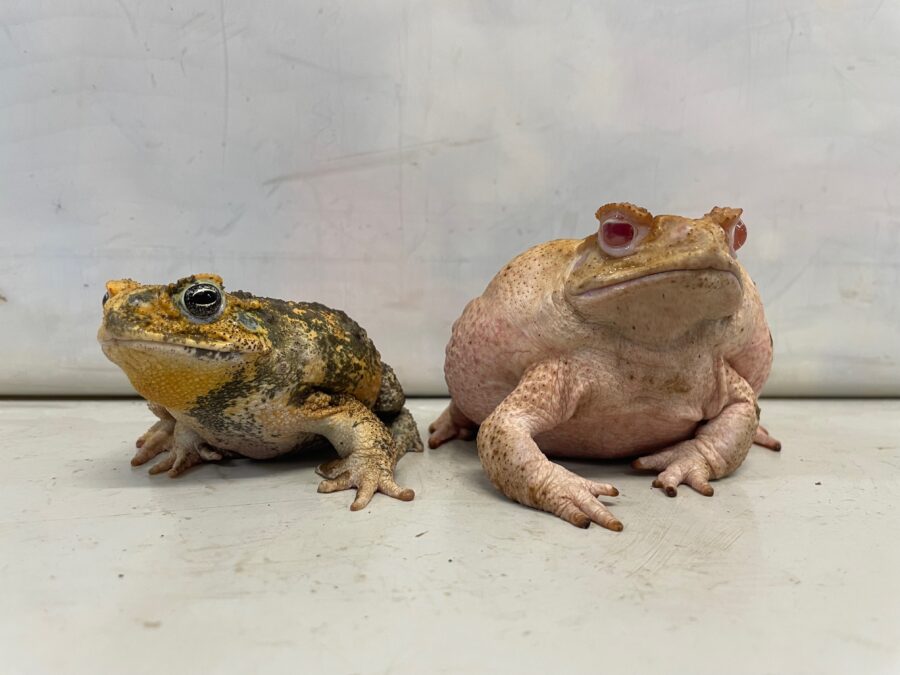Deep-sea mining: Gold rush or disaster?

Four thousand metres beneath the ocean’s surface lies a world of darkness, near-freezing temperatures and pressure 400 times higher than at sea level. In this placid, remote environment, scattered across vast sediment plains, are billions of polymetallic nodules containing cobalt, nickel, copper and rare earth elements. These potato-sized nodules grow at a rate of 1.5cm per million years and support unique and fragile deep-sea life.
And yet, this is where deep-sea miners intend to send giant machines to extract ancient nodules to supply metals used in mobile phones, EV batteries and other technologies. Their activities are the focus of urgent debate as the industry presses for licences, heedless of serious concern.

Mining is inherently destructive, but at these depths it would be catastrophic. Heavy equipment strips away the sea floor and destroys its marine life, in the process removing the hard surfaces essential for deep-sea corals, sponges and other animals. Seabed recovery will take centuries to millions of years, but the damage extends far beyond. Collectors disturb fine sediments, creating near-bottom plumes that will impact life across hundreds to thousands of kilometres.
Plans to discharge waste slurry between 800–1200m deep would spread fine particles and metals across tens of thousands of cubic kilometres, affecting countless vertically migrating animals whose movements play a vital role in climate regulation and the more familiar animals such as tunas that depend on them.
While we can be certain deep-sea mining impacts will be extremely difficult to control and essentially irreversible, it’s hard to predict their exact nature. How will mining disrupt critical ocean processes such as carbon storage or nutrient cycling, and what might multiple operations mean cumulatively?
Proponents have no credible plans for recovery and remediation. Monitoring and regulating mining in remote, extreme environments will be far harder than on land.

More fundamentally, we haven’t answered whether deep-sea mining is even necessary, how to share risks and rewards, or whether it’s compatible with global climate and sustainability goals.
When risks are high, the benefits are questionable and science is uncertain, why go ahead? In fields such as medicine and engineering, we don’t act when the potential for irreversible harm outweighs our knowledge. Deep-sea mining should follow that same logic. This precaution underpins New Caledonia’s 50-year moratorium on deep-sea mining and the growing tally of countries, organisations and scientists calling for a pause or outright ban in national waters and on the High Seas.
Science and our history tell us that if deep-sea mining proceeds, short-term corporate winners will leave a legacy of loss paid for by others: a millions-of-years-in-the-making ecosystem and human generations for millennia to come. Prudence tells us to say no to deep-sea mining and instead innovate in how to generate the metals we need more safely.
Professor Jessica Meeuwig is the Wen Family Chair in Conservation at The University of Western Australia (School of Biological Sciences and the Oceans Institute). Her work focuses on the ecology of open ocean wildlife such as tunas and sharks.
Professor Callum Roberts leads marine conservation at the University of Exeter’s Centre for Ecology and Conservation, and is Chief Scientist of the Convex Seascape Survey, which explores ocean carbon stores and their exposure to risks from human activities.





